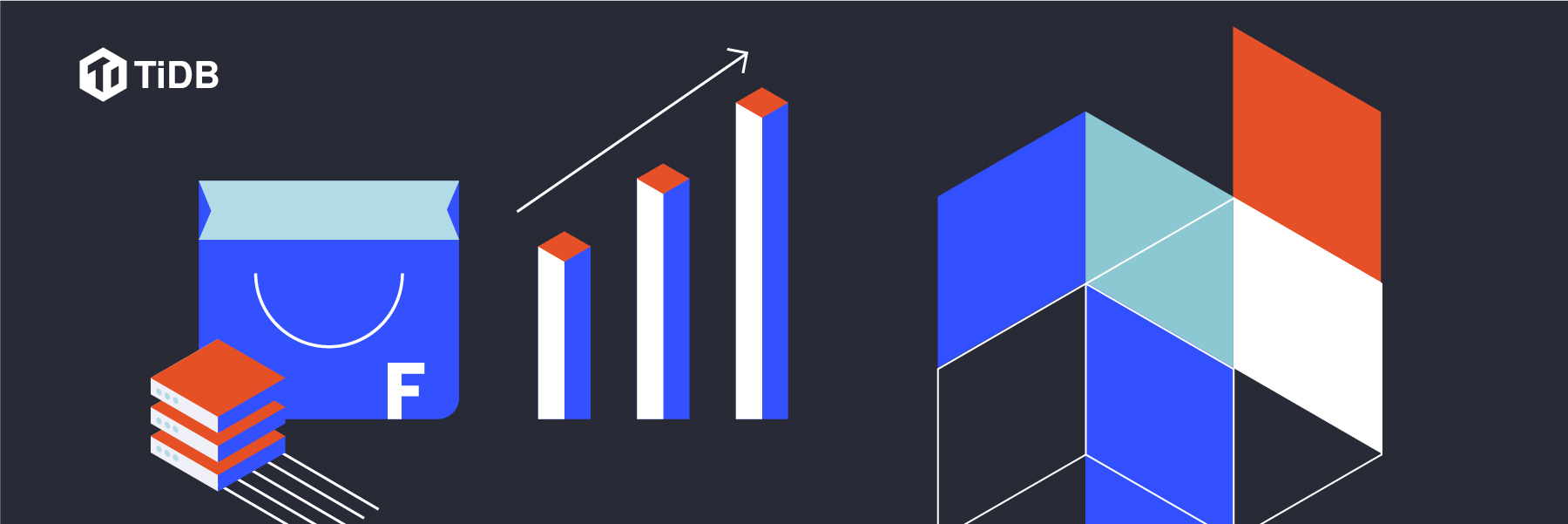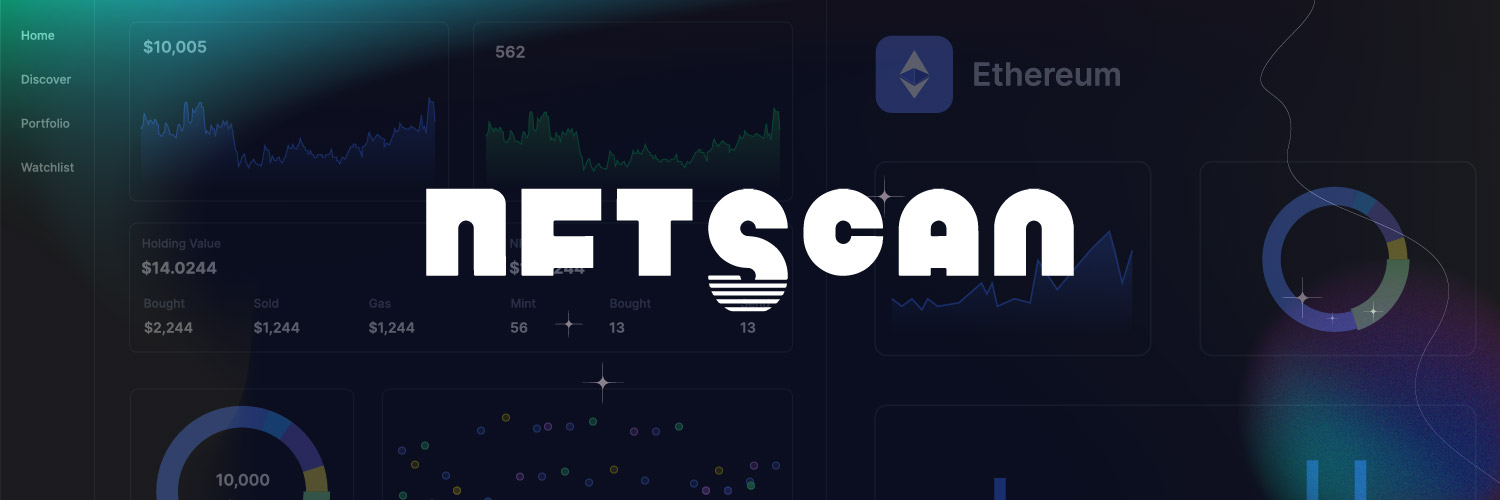In today’s data-driven world, maintaining a reliable and scalable database is the backbone of any successful digital transformation. While MySQL has served organizations well for many years, its limitations become apparent as data volumes explode. This blog post dives into five crucial considerations for organizations contemplating a move from MySQL, paving the way for a future of robust performance and scalability.
Understanding the Necessity: Why Move On From MySQL?
Several factors can push organizations to migrate from MySQL:
- Limited Scalability: MySQL’s vertical scaling (adding more resources to a single server) becomes cumbersome with rapid data growth. Distributed alternatives, on the other hand, offer a more horizontal approach (adding more servers) for seamless scaling.
- Performance Bottlenecks: Maintaining optimal performance with increasing data volumes can be a challenge with MySQL. Newer solutions boast optimized architectures for superior query processing.
- Data Integrity Concerns: Ensuring data integrity is paramount for mission-critical applications. Advanced database solutions offer robust data validation and consistency mechanisms, minimizing the risk of data corruption.
Protocol Selection: Choosing the Right Path: MySQL or PostgreSQL?
The choice of protocol – MySQL or something else – is a critical decision. Here are key factors to weigh:
- Workload Legacy: If your applications rely heavily on the MySQL protocol, opting for a compatible alternative like MariaDB can minimize migration complexity.
- Migration Complexity: Evaluate the effort required to adapt applications and infrastructure to a new protocol. This includes rewriting code and potentially modifying existing tools and processes.
- Maintenance Requirements: Consider the long-term maintenance burden associated with each protocol choice. MySQL might be familiar, but a newer protocol might offer easier management and long-term support.
Emerging Trends in Database Deployment and Architecture
The database landscape is constantly evolving. Here are key trends to be aware of when choosing your next and future proof database destination:
- Cloud-Native Deployments: Cloud-based database solutions offer flexible scaling and simplified management, freeing your IT team to focus on core business needs.
- Centralized vs. Distributed Architectures: Centralized systems offer simplicity, while distributed databases provide horizontal scaling and fault tolerance. Choose the architecture that best suits your workload needs. For instance, a large e-commerce platform might benefit from a distributed system to handle massive traffic spikes.
- Mixed Workload Processing: Modern databases are increasingly designed to handle a mix of transactional (updating and managing data) and analytical (data exploration and reporting) workloads efficiently.
The Five Most Important Considerations for a Successful Migration
Now, let’s delve into the five essential factors to evaluate when choosing a MySQL alternative:
- Performance and Scalability:
- Assess the database’s ability to handle growing workloads and data sets.
- Look for features like automatic sharding (splitting data across multiple servers) and distributed storage for horizontal scaling.
- Total Cost of Ownership (TCO) and Operational Efficiency:
- Evaluate licensing costs, hardware requirements, and maintenance efforts associated with the new database.
- Consider consolidating multiple databases into a single solution to optimize TCO.
- High Availability and Reliability:
- Ensure the solution offers automatic failover mechanisms (automatic switch to a backup system) for seamless recovery from hardware or software failures.
- Look for robust replication capabilities (copying data across servers) and fault tolerance features to minimize downtime.
- SQL Compatibility and Ecosystem Support:
- Choose a database with a high degree of SQL compatibility to minimize code changes during migration. This reduces development time and costs.
- A strong ecosystem with an active community can provide valuable resources and solutions throughout the migration process and beyond.
- Data Consistency and Integrity:
- Prioritize solutions offering strong consistency guarantees, like ACID-compliant transactions (Atomicity, Consistency, Isolation, Durability). ACID transactions ensure that data updates are complete and accurate.
- Robust data validation mechanisms are essential in preventing data corruption, which can have serious consequences for your business.
Moving beyond MySQL doesn’t have to be a daunting task. By carefully considering these factors, you can choose the right database solution that empowers your organization to scale seamlessly, optimize performance, and ensure the integrity of your valuable data – all while laying a solid foundation for your digital transformation journey.
MySQL to Distributed SQL Case Studies: Real-World Success Stories
Several organizations have successfully transitioned from MySQL to TiDB, a distributed SQL database with promising capabilities:
Flipkart | India’s Largest E-commerce Platform
Pain Points:
- Scalability limitations with MySQL in handling rapidly growing data volumes.
- Reliability concerns during peak shopping events requiring high uptime.
- Operational inefficiencies managing a vast MySQL fleet, leading to high costs.
Database Chosen: TiDB (open-source distributed SQL database)
Benefits and Key Results:
- Simplified operations by eliminating complexities of managing multiple shards and replication channels.
- Enhanced reliability through TiDB’s robust architecture with automatic failover and zero single points of failure.
- Improved performance with horizontal scalability, handling hundreds of terabytes of data seamlessly.
- Cost efficiency achieved by streamlining database operations.
Bolt | Rapidly Growing Mobility Company
Pain Points:
- MySQL’s inability to keep pace with data volume growth and horizontal scaling requirements.
- Fragile MySQL architecture failing to meet high uptime and disaster recovery expectations.
- Operational challenges with scaling database technology and managing microservices using MySQL.
Database Chosen: TiDB
Benefits and Key Results:
- Infinite horizontal scalability of TiDB for handling large and unpredictable data growth without performance degradation.
- Strong data consistency and automatic failover mechanisms for high availability and disaster recovery.
- Operational simplicity with reduced need for extensive manual oversight, allowing focus on innovation.
NFTScan | NFT Data Infrastructure Service
Pain Points:
- Challenges balancing transactional and analytical workloads with the initial MySQL-ElasticSearch setup.
- Time-consuming and inefficient manual sharding and table management.
- Difficulty achieving real-time analytics with the existing architecture.
Database Chosen: TiDB
Benefits and Key Results:
- Seamless management of both transactional and analytical workloads with TiDB’s HTAP (Hybrid Transactional/Analytical Processing) capabilities.
- Increased queries per second to 5,000 with an average query duration reduced to 40 ms, enabling real-time insights.
- Efficient handling of growing data volumes with elastic scaling, reaching a current storage of six terabytes.
- Lowered operational and storage costs through a simplified technology stack.
Embracing TiDB: A Future-Proof Distributed SQL Database
Coexistence with MySQL Ecosystem
TiDB integrates seamlessly with existing MySQL environments, enabling a gradual migration approach. This reduces the complexity and risk associated with a complete, one-time migration.
Optimized TCO and Operational Efficiency
TiDB is designed to streamline operations and reduce infrastructure overhead. By consolidating databases and leveraging cloud-native architectures, organizations can achieve significant cost savings and operational efficiencies.
Enhanced Performance and Scalability
TiDB offers features like automatic sharding and distributed storage, ensuring horizontal scalability and robust performance. This allows organizations to handle growing workloads and data volumes without compromising performance.
High Availability and Reliability
TiDB’s architecture includes automated failover and robust replication mechanisms, ensuring high availability and reliability. This is crucial for mission-critical applications that require continuous operation.
Data Consistency and Integrity
With ACID-compliant transactions and strong consistency guarantees, TiDB ensures data integrity and reliability. This is essential for applications that handle sensitive and critical data.
Conclusion
By migrating to a future-proof database solution like TiDB, organizations can achieve greater efficiency, cost-effectiveness, and scalability. This empowers them to thrive in the ever-evolving digital landscape. By carefully considering the factors outlined in this blog you can navigate a smooth and successful transition from MySQL to a database solution that empowers your organization’s future success.
Experience is king! Take advantage of TiDB Serverless tier (25GB quota) to test its capabilities before committing.



